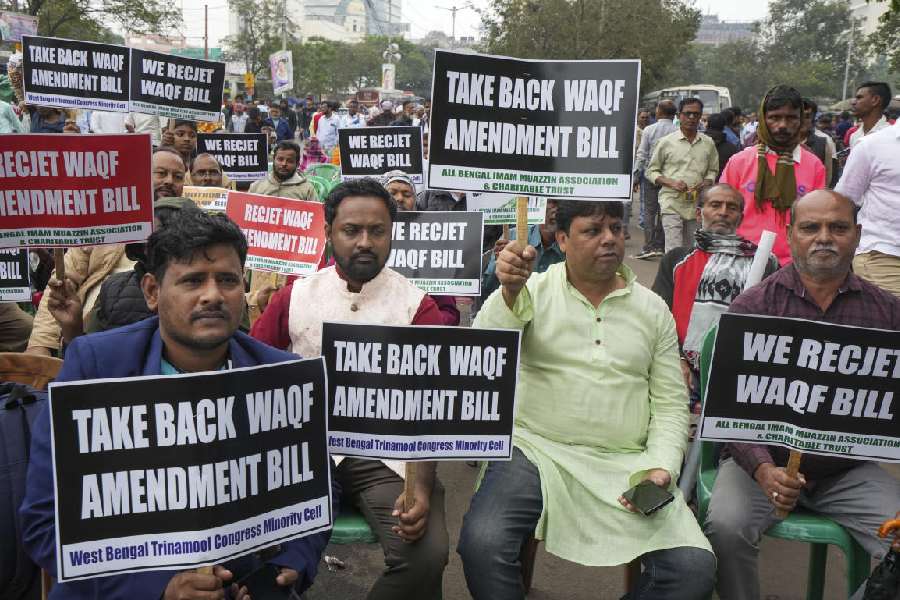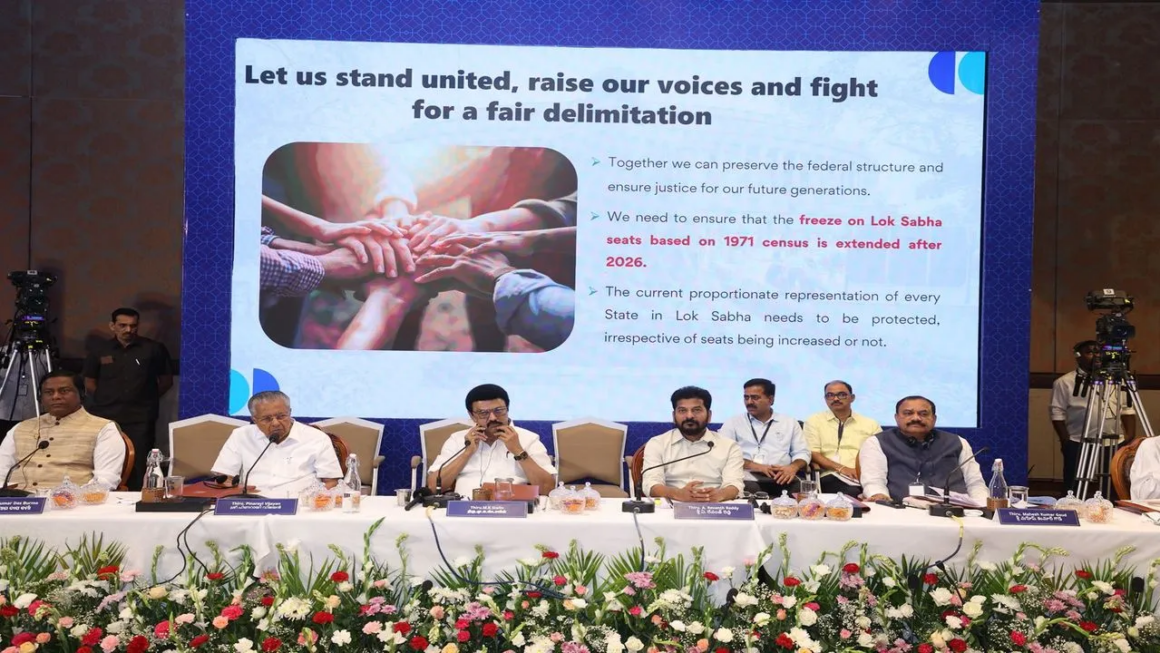Ahmedabad came up with a heat action plan after over 1,300 people died in a heatwave in the city in May 2010. The plan was to issue timely warnings and help citizens take emergency as well as long-term steps to counter heatwaves. The strategy reportedly saves hundreds of lives every year. But a recent paper questions the plan’s success, saying it is failing the most vulnerable group in the city: its slum residents. The research author, Maryam Nastar of Sweden’s Lund University, says 20-30% of Ahmedabad’s population lives in slums and chawls. Because many of them are not part of official records, they are left out of most planning.
For instance, part of the heat plan is to send heatwave warnings over email, social media and SMSes. But to get these alerts, people need smartphones or computers with an internet connection, which many in slums don’t have. Also, the literacy rate in the slums is said to be under 60%, so residents may not gain much from the alerts sent in this manner.
Courtesyg: Google (photo)



